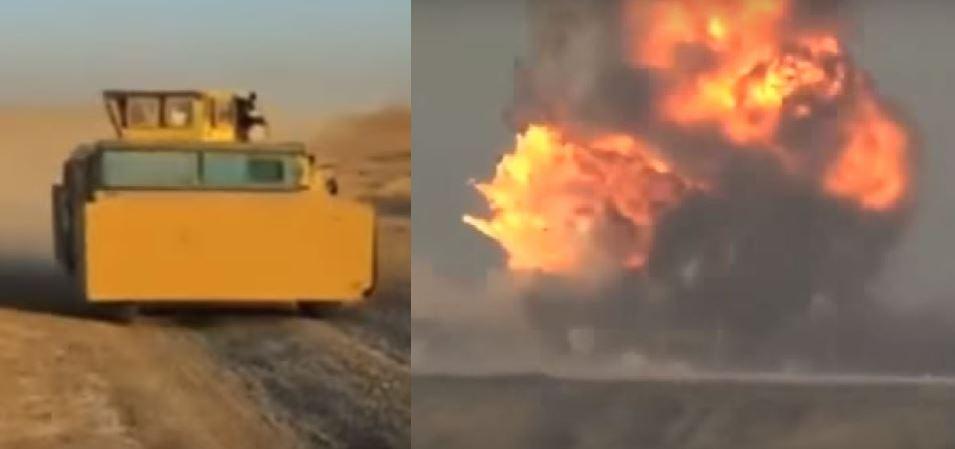In May 2015, a convoy of bomb-loaded armored vehicles charged an Iraqi government compound in the city of Ramadi. It was led by an armored bulldozer, which detonated its explosives and destroyed the security perimeter around the compound.
The close to 30 vehicles that followed then broke through into the city, where they detonated at different locations. The explosions obliterated entire blocks of Ramadi, and the surviving Iraqi troops defending the city were forced to retreat.
The vehicles were being driven by members of the terrorist organization ISIS, also known as the Islamic State (IS), and the vehicles had been retrofitted with what people on the ground call “Mad Max” or “hillbilly” armor—often by welding metal plates onto the vehicles to make them bulletproof.
Robert J. Bunker, a non-resident fellow in counterterrorism at TRENDS Research & Advisory, outlined the growing threat in a recent report. He says the United States and its allies need to respond to the new development.
“IS has utilized dozens, if not hundreds, of AVBIEDs to date in its offensives,” said Bunker in an email interview, using the technical term for the vehicles: armored vehicle borne improvised explosive devices (AVBIEDs).






